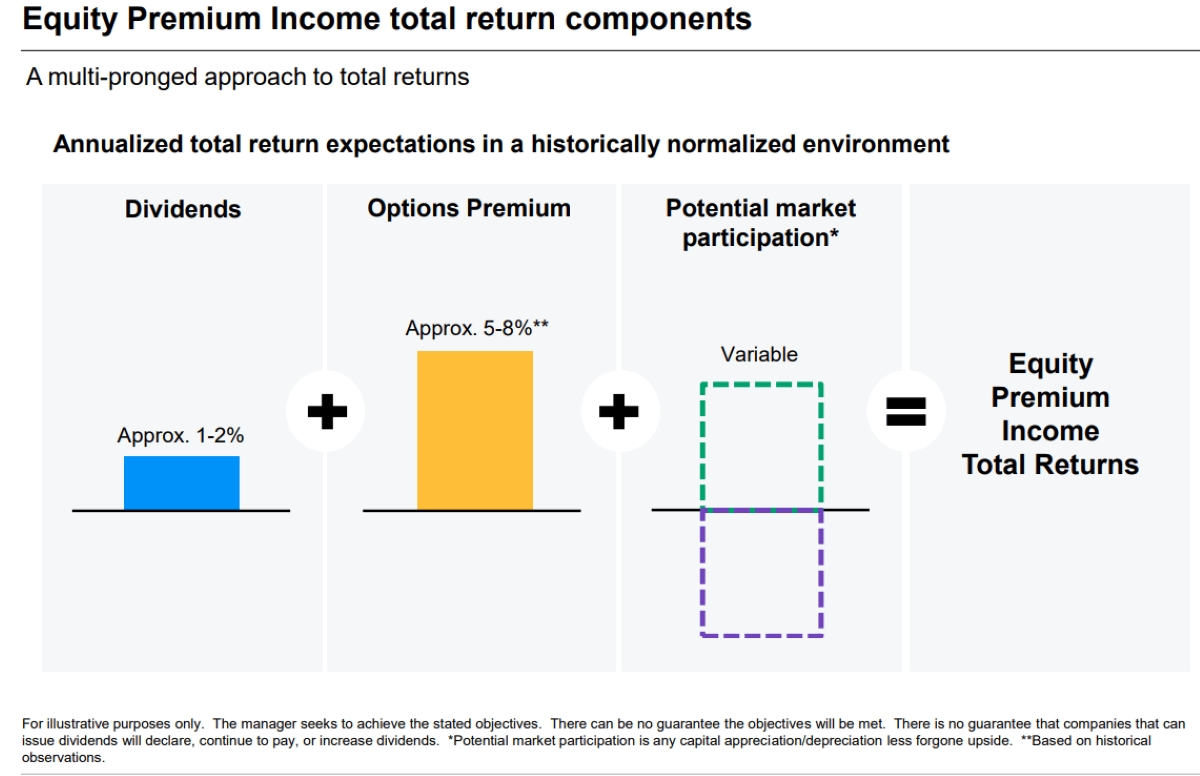Home>Finance>Thrift Bank: Definition, History, How It Works, And Impact


Finance
Thrift Bank: Definition, History, How It Works, And Impact
Published: February 8, 2024
Discover the meaning, evolution, functioning, and significance of thrift banks in the finance industry. Explore their history and influential role.
(Many of the links in this article redirect to a specific reviewed product. Your purchase of these products through affiliate links helps to generate commission for LiveWell, at no extra cost. Learn more)
Thrift Bank: Definition, History, How It Works, and Impact
Have you ever heard of a thrift bank? If not, you’re in for a treat! In this blog post, we will dive into the world of thrift banks, exploring their definition, history, how they work, and the impact they have on the financial industry. So, grab a cup of coffee and let’s get started!
Key Takeaways:
- Thrift banks focus on providing savings and mortgage services to individuals and small businesses.
- They are essential in promoting financial inclusion and supporting local economic development.
What is a Thrift Bank?
Before we delve into the history and workings of thrift banks, let’s define what they are. A thrift bank, also known as a savings bank, is a type of financial institution that focuses on providing savings and mortgage services to individuals and small businesses. They play a crucial role in promoting financial inclusion, offering accessible banking services to a wide range of customers.
A Brief History of Thrift Banks
The concept of thrift banks can be traced back to the early 19th century when savings banks started emerging in Europe. These banks aimed to encourage ordinary citizens to save and build a secure financial future. The idea quickly gained popularity, and savings banks began spreading across various regions, adapting their services to meet the needs of local communities.
In the United States, the concept of thrift banks grew during the late 19th and early 20th centuries, fueled by the need for affordable mortgage loans. This led to the establishment of federal thrift banks, commonly known as savings and loan associations (S&Ls), which focused on providing housing loans to individuals.
How Thrift Banks Work
Thrift banks operate under a unique business model. Unlike commercial banks that primarily focus on providing a wide range of financial services, thrift banks specialize in savings and mortgages. They are often community-oriented institutions, with a strong emphasis on local economic development.
Here’s a breakdown of how thrift banks work:
- Savings Services: Thrift banks offer various savings products, such as savings accounts, fixed deposit accounts, and retirement savings accounts. These accounts typically have competitive interest rates and minimal fees, making them an attractive option for customers looking to grow their savings.
- Mortgage Services: A significant portion of a thrift bank’s operations revolves around providing mortgage loans. They work closely with customers to understand their homeownership goals and offer flexible loan terms and competitive interest rates.
- Community Focus: Thrift banks are deeply rooted in the communities they serve. They often participate in local development projects, support small businesses, and prioritize lending to individuals and businesses in their vicinity.
The Impact of Thrift Banks
Thrift banks have a profound impact on the financial industry and local economies. Here are a few ways in which they make a difference:
- Financial Inclusion: Thrift banks play a vital role in promoting financial inclusion by offering accessible banking services to individuals and small businesses. They bridge the gap between traditional banking and underserved communities, ensuring that everyone has access to essential financial services.
- Local Economic Development: By focusing on the needs of their communities, thrift banks contribute to local economic development. They provide funding to small businesses, support job creation, and help stimulate economic growth at a grassroots level.
- Housing Affordability: One of the significant impacts of thrift banks is in the housing market. Through their mortgage services, thrift banks make homeownership more accessible by providing affordable housing loans to individuals and families.
Thrifting has become a fundamental pillar of the financial industry, playing a pivotal role in expanding financial services and supporting local economies. The next time you come across a thrift bank, you’ll have a deeper understanding of its significance and the impact it has on communities.
So, whether you’re looking to save for your future, purchase a home, or simply learn more about the world of finance, thrift banks are a fascinating subject to explore. Their dedication to financial inclusion and community development makes them an integral part of the global financial landscape.














